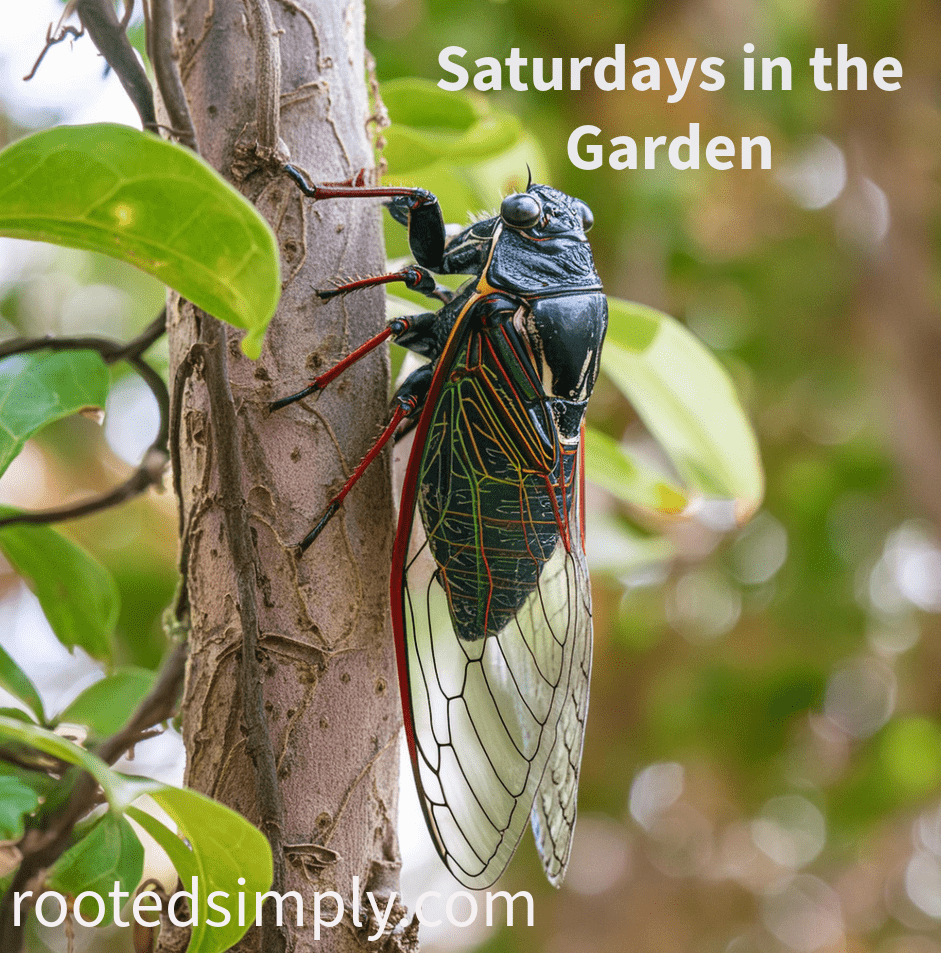Every 17 years, a natural wonder takes place across parts of the United States — the emergence of periodical cicadas. These remarkable insects, known for their distinctive buzzing sounds and large numbers, can be a sight to behold. However, for gardeners and plant enthusiasts, cicadas can also pose a challenge as they can damage young trees and shrubs. In this blog post, we’ll explore the world of cicadas and discuss strategies to protect your garden during their emergence.
Understanding Cicadas
Cicadas are large, flying insects belonging to the order Hemiptera. Unlike locusts, which are known for their swarming behavior and crop devastation, cicadas are primarily known for their periodic emergences. Periodical cicadas, such as the Magicicada genus found in North America, spend most of their lives underground as nymphs, feeding on tree roots. They emerge in massive numbers after spending either 13 or 17 years underground, depending on the species.
The Garden Threat
While cicadas are fascinating creatures, their emergence can be concerning for gardeners. The main threat comes from female cicadas laying their eggs in tree branches. They use their ovipositors to make small cuts in the branches, which can weaken them and cause them to break. This behavior, known as “flagging,” can be detrimental to young trees and shrubs, especially those with softer branches.
Protecting Your Garden
Fortunately, there are several measures you can take to protect your garden during a cicada emergence:
Covering Young Trees: Use lightweight netting or cheesecloth to cover young trees and shrubs. This physical barrier can prevent female cicadas from accessing the branches to lay their eggs.
Pruning Infested Branches: If you notice flagging on your trees, promptly prune the affected branches. This can help prevent further damage and promote healthy growth.
Applying Insecticides: Consult with a local gardening expert or extension service for safe and effective insecticides to use against cicadas. Follow all instructions and safety guidelines when applying these products.
Maintaining Healthy Trees: Healthy, well-maintained trees are better equipped to withstand cicada damage. Ensure your trees receive proper watering, fertilization, and pruning throughout the year.
Attracting Natural Predators: Encourage natural predators of cicadas, such as birds, to frequent your garden. Providing bird feeders, bird baths, and native plants can create a welcoming environment for these helpful creatures.
Post-Emergence Cleanup: After the cicadas have finished their emergence, conduct a thorough cleanup of your garden. Remove any egg-laying sites, fallen branches, and debris to prevent future infestations.
Embracing Nature’s Cycle
While cicadas can present challenges for gardeners, it’s essential to remember that they play a vital role in the ecosystem. Their emergence provides food for birds and other wildlife, and their tunneling activities can aerate the soil. By taking proactive measures to protect your garden during a cicada emergence, you can strike a balance between appreciating these remarkable insects and safeguarding your plants.
In conclusion, cicadas are a natural marvel that brings a unique rhythm to our environment. By understanding their life cycle and implementing protective measures, you can enjoy their presence while ensuring the health of your garden. Embrace nature’s cycles, and let the buzz of cicadas remind us of the interconnectedness of all living things.
Happy gardening!

